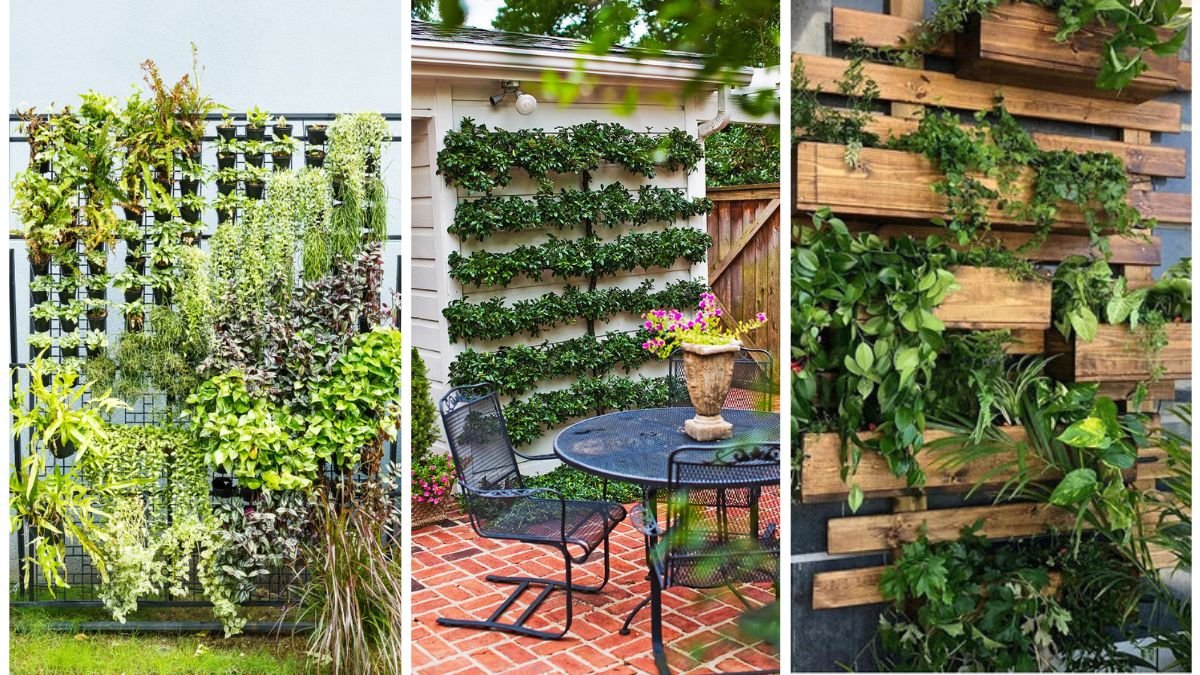Not everyone is blessed with sprawling backyards or acres of open land, but that doesn’t mean you can’t enjoy the beauty and benefits of gardening. Urban dwellers, apartment residents, and those with limited outdoor space can still create vibrant, productive gardens. The key lies in being creative and making the most of the space you already have.
Small-space gardening is all about efficiency, innovation, and clever design. By using the right hacks, you can grow fresh herbs, vegetables, flowers, or even mini fruit trees in spaces as small as a balcony, windowsill, or patio corner.
In this article, we’ll explore five practical and creative small-space gardening hacks that will transform your compact area into a lush, green oasis.
Hack 1: Go Vertical with Your Garden
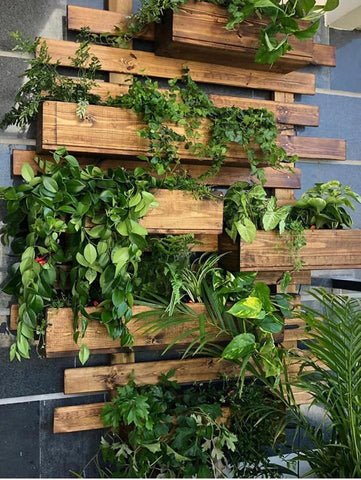
When floor space is scarce, the smartest way to expand your garden is upward. Vertical gardening maximizes limited square footage while creating eye-catching displays.
How to Do It:
- Wall Planters: Attach small pots or planters to walls, fences, or balcony railings. Herbs like basil, mint, or parsley thrive in vertical setups.
- Hanging Baskets: Use hanging baskets for cascading flowers like petunias, ivy, or even cherry tomatoes.
- Ladder Shelves: Repurpose an old ladder into a tiered plant stand to display multiple plants in one compact area.
- Trellises & Arbors: Train climbing plants like cucumbers, beans, or jasmine to grow vertically using trellises or wire frames.
Benefits:
- Saves ground space.
- Creates a natural privacy screen.
- Adds aesthetic appeal by turning bare walls into living art.
Pro Tip:
Choose lightweight containers and ensure they’re well-secured to prevent accidents, especially in windy conditions.
Hack 2: Use Multi-Functional Containers

Containers are essential for small-space gardens, but choosing the right type makes a huge difference. Instead of scattering single-use pots, try multifunctional or creative alternatives.
How to Do It:
- Stackable Planters: These allow you to grow multiple plants vertically without taking up much room. Perfect for strawberries, lettuce, or herbs.
- Self-Watering Pots: Save time and reduce watering frequency—ideal for busy gardeners.
- Furniture with Planters: Some garden benches, tables, or railing boxes come with built-in planters, combining style and function.
- Repurposed Items: Old crates, tin cans, or wooden boxes can be turned into charming planters, adding character to your garden.
Benefits:
- Maximizes plant variety in minimal space.
- Helps maintain soil moisture more effectively.
- Adds creativity and uniqueness to your garden design.
Pro Tip:
Opt for lightweight containers if you’ll need to move them often, especially on balconies or rooftops.
Hack 3: Choose Compact and High-Yield Plants
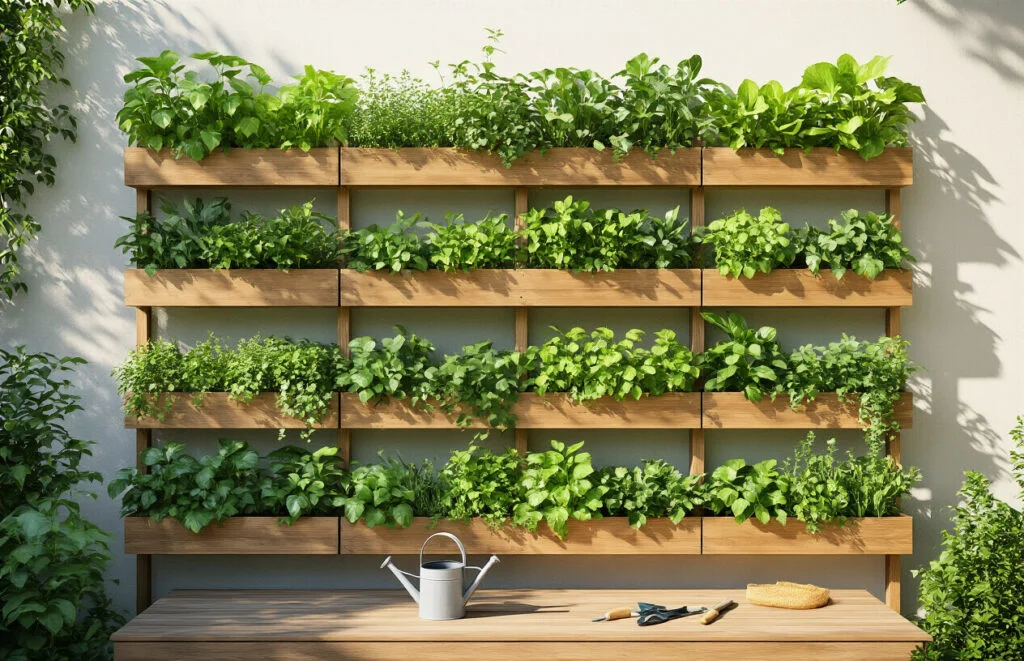
Not all plants are suited for small spaces. Selecting compact varieties that thrive in containers or small plots ensures you get the most out of your limited area.
Best Plant Options:
- Herbs: Basil, chives, mint, parsley, and thyme grow well in small pots and provide fresh flavors year-round.
- Compact Vegetables: Cherry tomatoes, dwarf peppers, radishes, and bush beans are high-yielding and space-efficient.
- Leafy Greens: Spinach, lettuce, and arugula grow quickly and can be harvested multiple times.
- Dwarf Fruit Trees: Varieties of lemon, fig, or apple trees grafted for compact growth are ideal for patios and terraces.
- Ornamental Plants: Succulents, small ferns, and compact flowering plants add greenery without overwhelming the space.
Benefits:
- Higher yield in smaller areas.
- Less maintenance and pruning required.
- Perfect for container gardening.
Pro Tip:
Look for seed packets or plant labels marked “compact,” “bush,” or “dwarf”—these are specifically bred for small spaces.
Hack 4: Maximize Every Inch with Smart Layouts
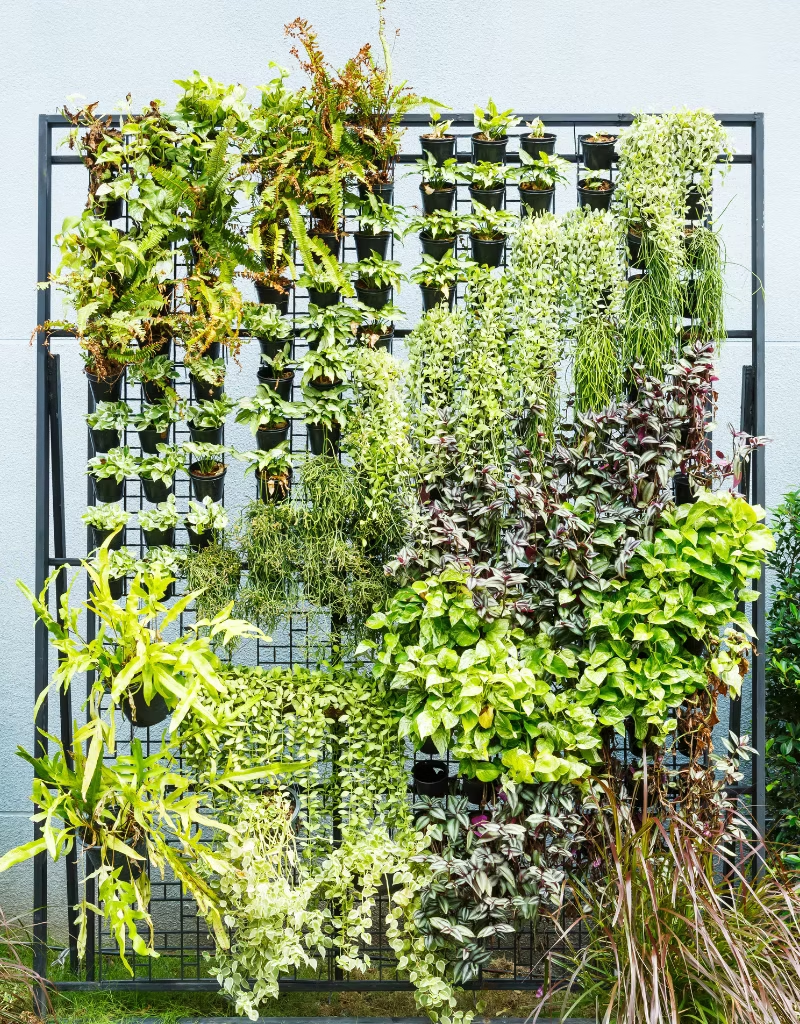
Designing a smart layout makes small spaces look bigger and feel more functional. Instead of randomly placing plants, use strategies that optimize space and accessibility.
How to Do It:
- Corner Gardens: Place larger containers or tiered stands in corners to make use of otherwise neglected space.
- Windowsills and Railings: Grow herbs or flowers in railing planters or windowsill boxes.
- Tiered Plant Stands: Use vertical shelves, racks, or A-frame stands to fit multiple plants in one footprint.
- Companion Planting: Combine plants that thrive together in one pot—for example, basil with tomatoes or lettuce with carrots.
- Rolling Carts: Mobile plant carts let you rearrange your garden for sunlight or aesthetic appeal.
Benefits:
- Enhances garden efficiency without overcrowding.
- Creates a visually balanced and organized look.
- Makes maintenance and harvesting easier.
Pro Tip:
Use lightweight, portable planters so you can shift plants seasonally for optimal sunlight.
Hack 5: Incorporate Smart Gardening Tools and Techniques
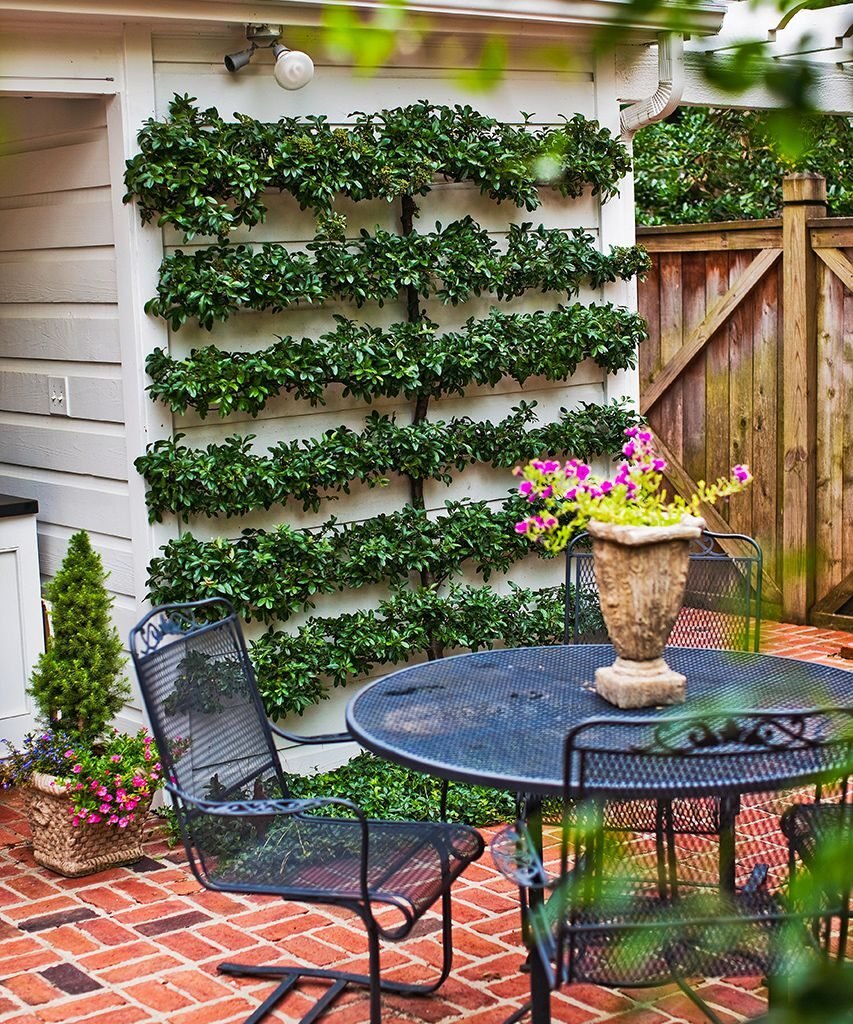
Modern gardening tools and techniques can help you save time, space, and effort. By adopting smart solutions, you can achieve more productivity with less hassle.
How to Do It:
- Self-Watering Systems: Ideal for balconies and small patios—these reduce watering frequency.
- Hydroponic Kits: Compact indoor hydroponic systems allow you to grow vegetables and herbs without soil.
- Grow Lights: Perfect for apartments with limited sunlight. LED grow lights ensure plants get the light they need indoors.
- Folding Greenhouses: Mini greenhouses protect your plants from harsh weather while fitting neatly into small corners.
- Stackable Compost Bins: Even in small spaces, you can compost kitchen waste to create nutrient-rich soil.
Benefits:
- Reduces maintenance.
- Extends the growing season.
- Increases productivity in limited space.
Pro Tip:
Start small with just one or two smart tools (like a self-watering planter or grow light) to see how they work for your setup.
Additional Tips for Success in Small-Space Gardening
- Sunlight is Key: Track where sunlight falls during the day and place plants accordingly.
- Rotate Plants: Regularly rotate pots for even growth.
- Use Light Colors: Choose light-colored containers and décor to make spaces appear larger.
- Keep It Tidy: Overcrowding can make small gardens look messy—arrange plants neatly.
- Mix Aesthetics with Functionality: Combine flowers with edibles to create a beautiful yet practical garden.
Common Mistakes to Avoid
- Overplanting: Crowding too many plants leads to poor growth and diseases.
- Ignoring Drainage: Without proper drainage, plants suffer from root rot.
- Neglecting Vertical Space: Many gardeners focus only on floor space and miss opportunities above.
- Choosing the Wrong Plants: Large, sprawling plants overwhelm small spaces—stick to compact varieties.
Conclusion
Gardening in a small space may seem challenging, but with the right hacks, it becomes not only possible but also incredibly rewarding. By growing vertically, using multifunctional containers, selecting compact plants, designing efficient layouts, and incorporating smart tools, you can transform even the tiniest corner into a lush, productive garden.
Small-space gardening isn’t about limitation—it’s about creativity. Whether you’re growing herbs on a windowsill, a salad garden on your balcony, or flowers on your patio, these five hacks will help you make the most of every inch. With a little planning and innovation, you can enjoy the beauty of nature and the joy of gardening, no matter the size of your space.
